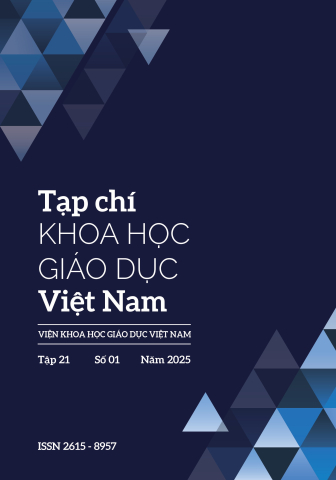[1] Watson, J, (2014), Curriculum expectations for teaching science and statistics, In K. Makar, B. De Sousa, & R. Gould (Eds.), Proceedings of the International Conference on Teaching Statistics 9. Flagstaff, AZ.
[2] English, L., & Watson, J, (2016), Making decisions with data: Are we environmentally friendly? Australian Primary Mathematics Curriculum, 21(2), p.3–7.
[3] Callingham, R., & Watson, J. M, (2017), The development of statistical literacy at school, Statistics Education Research Journal, 16(1), p.181-201.
[4] OECD, (2023), PISA 2022 Assessment and Analytical Framework, OECD Publishing.
[5] Bugett, S., & Rose, D., (2017), Developing statistical literacy in the final school year, Statistics Education Research Journal, 16(1), p.139-162.
[6] Dabos, M, (2011), Two-year college mathematics instructors’ conceptions of variation (Doctorate in education thesis), University of California, Santa Barbara, CA
[7] Garfield, J., & Ben-Zvi, D, (2005), A Framework for Teaching and Assessing Reasoning about Variability, Statistics Education Research Journal, 4(1), p.92 -99.
[8] Reading, C., & Shaughnessy, J. M, (2004), Reasoning about variation, In D. Ben-Zvi & J. Garfield (Eds.), The challenge of developing statistical literacy, reasoning and thinking, pp. 201–226, Dordrecht: Kluwer Academic Publishers.
[9] Cooper, L., & Shore, F, (2010), The effects of data and graph type on concepts and visualizations of variability, Journal of Statistics Education, 18(2), p.1–16
[10] Gal, I, (2004), Statistical literacy: Meanings, components, responsibilities, In J. B. Garfield & D. Ben-Zvi (Eds.), The challenge of developing statistical literacy, reasoning and thinking, pp.47-78, Dordrecht: Kluwer.
[11] Watson, J. M, (2006), Statistical literacy at school: Growth and goals, Mahwah, NJ: Lawrence Erlbaum.
[12] Vermette, S., & Savard, A, (2019), Necessary knowledge for teaching statistics: Example of the concept of variability, Topics and trends in current statistics education research: International perspectives, 225-244
[13] Sharma, S., Doyle, P., Shandil, V., & Talakia’atu, S, (2011), Developing statistical literacy with year 9 students, Set: Research Information for Educational Research, 1, p.43–60.
[14] Watson, J. M., & Callingham, R, (2003), Statistical literacy: A complex hierarchical construct, Statistics Education Research Journal, 2(2), p.3-46


